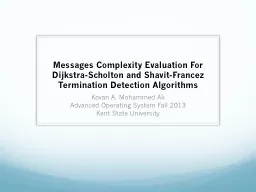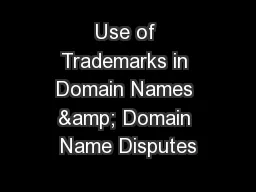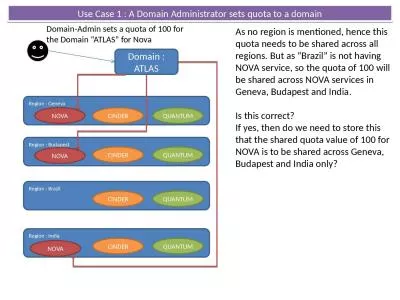PPT-How to Encipher Messages on a Small Domain
Author : olivia-moreira | Published Date : 2019-12-29
How to Encipher Messages on a Small Domain Deterministic Encryption and the Thorp Shuffle Ben Morris University of California Davis Dept of Mathematics Phil Rogaway
Presentation Embed Code
Download Presentation
Download Presentation The PPT/PDF document "How to Encipher Messages on a Small Doma..." is the property of its rightful owner. Permission is granted to download and print the materials on this website for personal, non-commercial use only, and to display it on your personal computer provided you do not modify the materials and that you retain all copyright notices contained in the materials. By downloading content from our website, you accept the terms of this agreement.
How to Encipher Messages on a Small Domain: Transcript
Download Rules Of Document
"How to Encipher Messages on a Small Domain"The content belongs to its owner. You may download and print it for personal use, without modification, and keep all copyright notices. By downloading, you agree to these terms.
Related Documents














